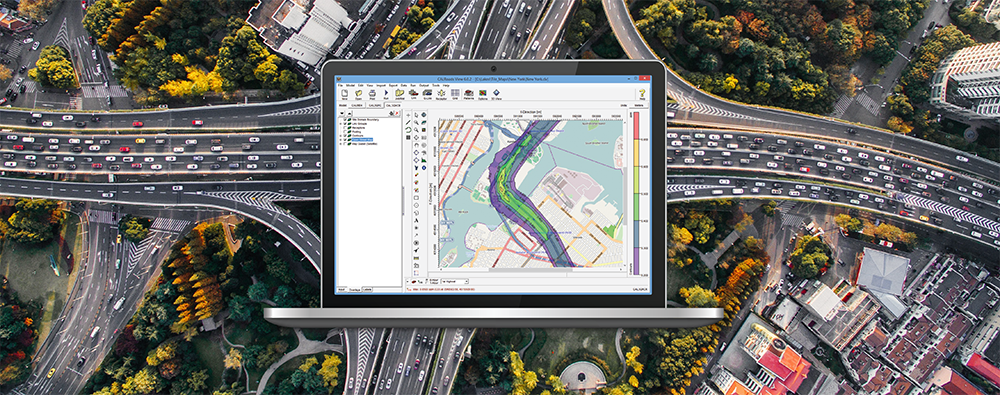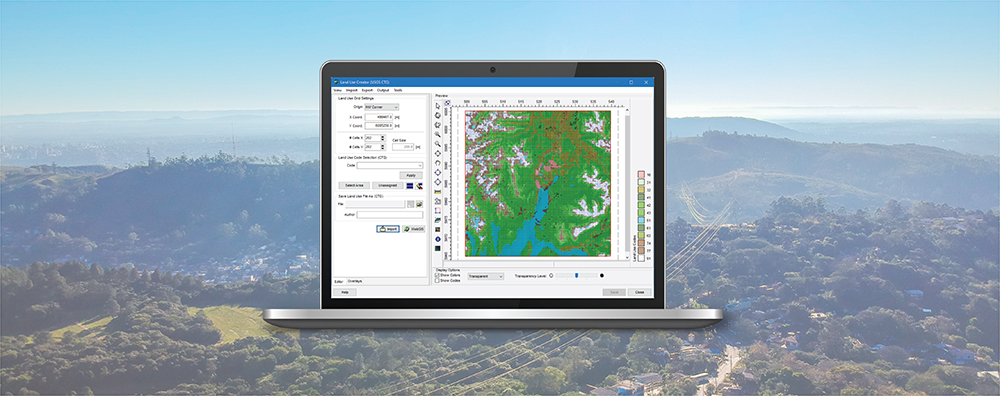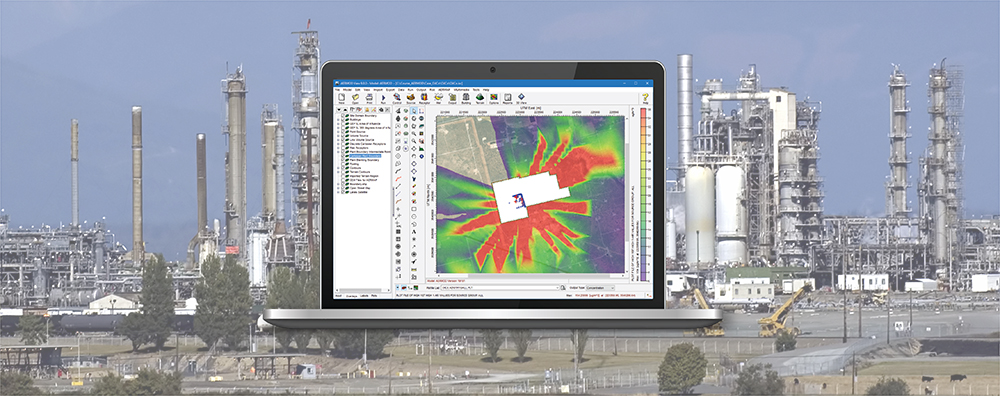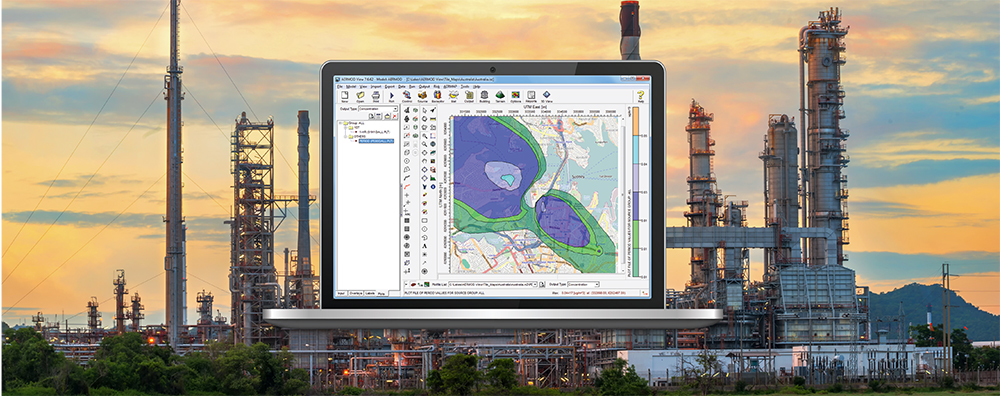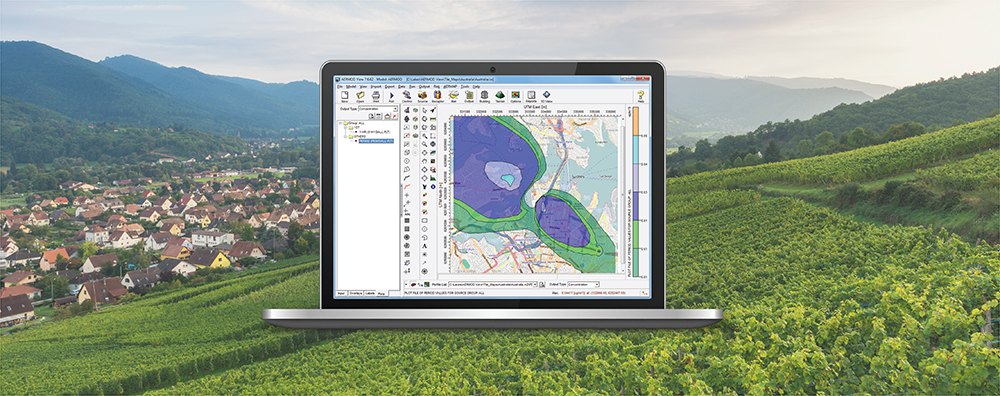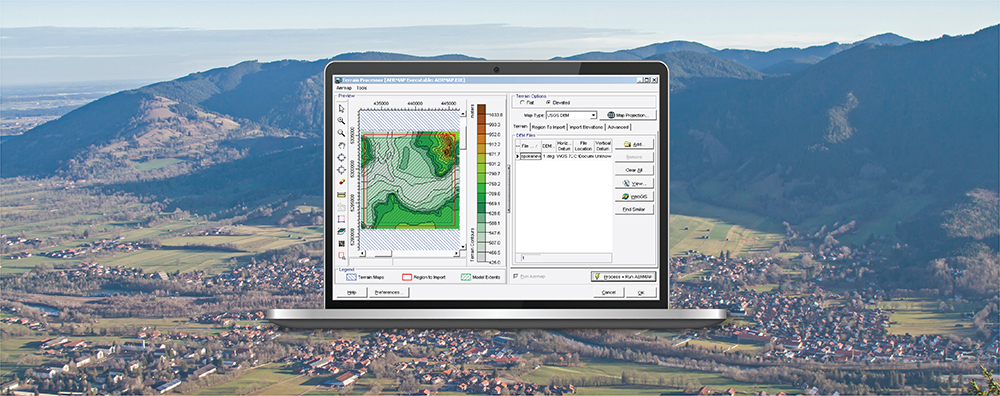CALRoads View: Meteorology Options
CALRoads View is Lakes Software’s interface for handling the CALINE series of air dispersion models. Used for assessing air pollutant concentrations from on-road emissions of motor vehicles, CALRoads View includes three models: CALINE4, CAL3QHC, and CAL3QHCR.

